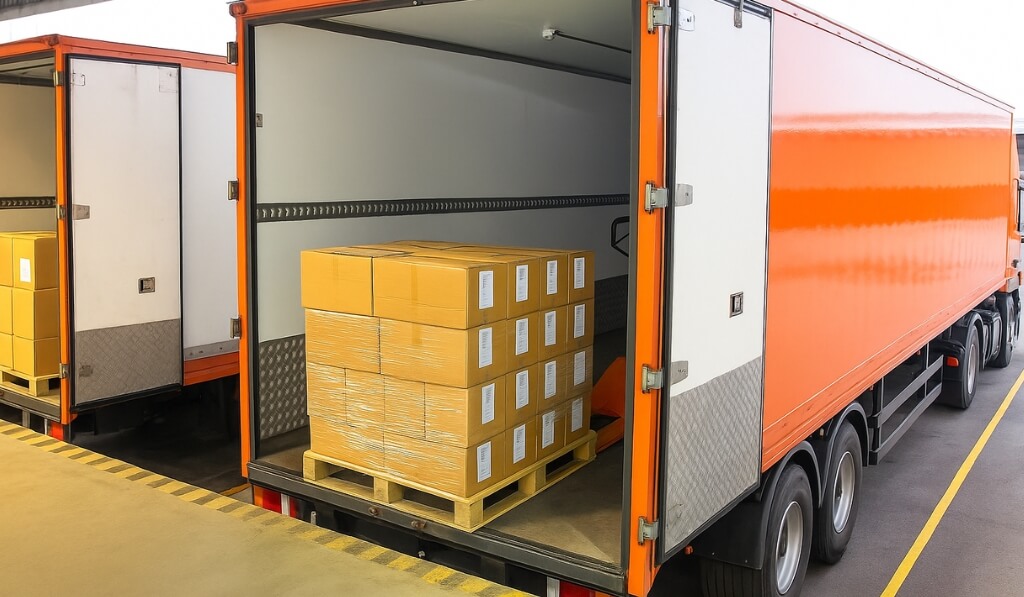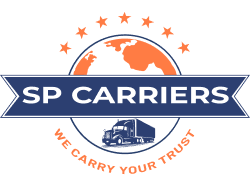Shipping keeps the world moving. Every day, businesses of all sizes send and receive packages. Some need whole trucks for big loads. Others only need a small part of a truck. Imagine sending a few pallets of dog food instead of 20 tons of bricks. You do not need a whole truck for that. This is where LTL shipping makes a big difference.
LTL means Less-Than-Truckload. If you have a shipment too big for normal mail, but too small for a full truck, you have found the sweet spot for LTL. This way, you do not pay for unused space. Many companies use LTL to save money, space, and time.
This article will help you understand LTL shipping. It will show you how it works, when it is smart to use, and when you should look for other options. You will see why so many businesses count on it every day.
Understanding LTL Shipping
Moving goods is not always about big or small. Sometimes you need a middle choice. LTL shipping offers answers for many shippers who do not fill up a whole truck.
What Is LTL Shipping?
LTL shipping stands for Less-Than-Truckload shipping. You ship freight that fills only part of a truck. The rest of the space gets shared with goods from other companies, like sharing the backseat with friends on a car trip.
Think of it as a moving van. You might fill up only one corner. Someone else fills another. When the van gets full, it takes off and delivers everyone’s stuff along the way.
LTL fits loads that are too large for normal packages, but not enough to use a full truck. These might be five pallets of pet supplies or boxes of books for a school.
LTL vs FTL and Parcel Shipping
You have three main options when sending freight: LTL, FTL, or parcel.
- FTL (Full-Truckload): You use the whole truck. Good for large, heavy, or time-urgent shipments. More expensive unless you fill the truck.
- Parcel Shipping: This is for small boxes, like mailing a birthday gift. Carriers like UPS or FedEx handle these.
- LTL Shipping: Fits in between. You ship a few pallets or heavy boxes but do not need the whole truck.
Difference in cost comes from how much space and weight you use. With LTL, you split costs with other shippers. This often means lower prices if your freight is the right size.
How LTL Shipping Works

LTL shipping follows a clear, simple path.
- Pickup: The carrier picks up your shipment, often with other shippers’ freight.
- Consolidation: Shipments go to a terminal or warehouse. Workers sort and group them by where they go.
- Transfer: The grouped freight is loaded onto larger trucks. It moves from one terminal to another. Sometimes, a shipment changes trucks a few times.
- Delivery: When the shipment gets close to the final stop, it is sorted again and loaded onto a local truck for delivery.
Carriers, or trucking companies, run the trucks and handle pickups, sorting, and delivery. Larger carriers have broad networks of terminals. Smaller ones might work together with partners.
When to Choose LTL Shipping
Not every shipment fits LTL, but many do. The best choice depends on your size, timing, and budget.
Ideal Shipment Types for LTL
LTL works well for:
- Shipments of 1 to 6 pallets.
- Goods that are stackable and can handle a bit of moving.
- Total weight from 150 to 15,000 pounds.
- Large boxes or bundles that are too big for typical mail.
If your business sends medium-sized shipments on a regular basis, LTL may help cut costs and simplify the process.
Cost-Effectiveness and Efficiency
LTL shipping helps you pay only for the trailer space you use. You do not waste money on unused space in a truck. Other companies share the same truck load, making it less pricey for everyone.
LTL keeps costs down in other ways:

- Flexible schedules: Ship when you need. You do not need to wait to fill a truck.
- Lower carbon footprint: Shared trucks mean fewer trips. This can help your business shrink its environmental impact.
- Extra services: Many carriers will offer liftgate service, indoor delivery, or tracking, giving you more choices based on what you need.
For growing companies that ship often but never enough for full trucks, LTL is helpful. Less space means less money out the door.
Limitations and When Not to Use LTL
Of course, LTL does not solve every shipping need. It has clear limits.
- Very urgent shipments: If you need your freight delivered the next day, LTL may not move fast enough. LTL shipments often stop at multiple terminals and may get delayed.
- Fragile or high-value goods: Extra handling happens with LTL. Shipments are loaded or unloaded several times. This can mean more risk for breakage or loss.
- Full-truckload volume: If your shipment fills a truck, LTL costs more than FTL. Go full-truckload for larger amounts.
- Unusual sizes or shapes: Oddly shaped or oversized freight may not fit with other shipments.
Remember, LTL works best when you plan ahead, do not need rush service, and your items can handle a few extra stops.
Conclusion
LTL shipping helps move goods when you do not need a whole truck. It fills the gap between small packages and full truckloads. You get cost savings, more options, and help the planet by using fewer trucks.
Good use of LTL comes from knowing your shipment size, schedule, and budget. You see better results by matching the right shipping method to your freight.
If you send medium shipments and want to save money, look into LTL. When you know what fits best, your shipping runs smoother and your business grows with less stress.


